The Inherent Problems of Newton’s and Einstein’s Physics. 'Laws' which don’t explain reality and leaky buckets.
Nothing better illustrates $cientism than the dogma of modern cosmology and physics. Even if the underlying assumptions are wrong, it is more agreeable to live the lie than admit 'horrible truths'.
Prologue
Philosophy and world-views are always the foundation of ‘The Science’ past or present. In the confused, anti-reality modern clown-world of secular materialism and nihilism, the dogmas of ‘settled science’ are religious gospel to those who believe, and to the powers that benefit. ‘Cui bono’ as the Roman lawyer Cicero supposedly asked. In our world, as evidenced by the Corona scamdemic, the Climate cult, and the flying virus (‘intracellular parasite’) mythology, following money and self-interest is the shortest path to find ‘The Science’. Enrichment and power matter far more than truth or real science.
Scientism’s religious dogma is built upon unceasing propaganda and financial largesse. Within every domain of ‘The Science’ a religious liturgy exists, replete with miracles (Evolution, Relativity), apparitions (non-existent viruses, Co2 causing climate), and virgin births (the Big Bang, life on this planet). ‘The Science’ is far more religious and prone to superstition than any mainline Christian church. Newtonian physics and Einstein’s fantasy world of relativity, which has been extensively excoriated and debunked on this substack, are examples of this truism. Both are venerated, both at the core, are quite wrong.
What’s the problem Jack?
Starting with Copernicus and Galileo, science turned from mechanical proofs to philosophical and mathematical treatises (the execrable Galileo myth is dealt with here). The heretic can list thousands of mechanical experiments which do not find either the rotational speed of the Earth, nor its 30 km/second canter in space. None can be offered by those who believe in both. This is rather curious given that nearly everyone believes in the 1000 per mile diurnal rotation and the 108.000 km per hour zoom through space. The only defense of Copernican dogma are mathematical representations of physical phenomena, but never mechanical-physical proofs or physical answers. Yet few know this for it is never taught or rarely discussed. And of course, if you question any of it, you will be fired, failed, or declared a lunatic.
Saint Newton, of the unaccelerated frames
Newton developed a physics that interpreted, in mathematical terms, the force of interaction between two bodies. Newton’s theories however, are not independent of the reference frame in which those bodies are contained. The formulas F = ma and F = Gm1m2/r2 will only work in unaccelerated reference frames. This is not how reality operates. Most of reality as Einstein realised, sits within accelerated reference frames of motions and bodies in movement. When Newton’s formulas are applied to accelerating frames of reference they simply do not work unless compensations are added. This obvious error was one that Einstein attempted to resolve with his Relativity magic show but failed to do so as many posts in this substack have outlined.
What is an accelerated frame?
Within an accelerated ‘frame’ or grid of physical locations, two bodies begin to accelerate or move relative to each other, with a force either being applied to generate the motion (or in the case of universal forces, no force is directly applied to the object per se, but movement occurs). In the image above the frame of reference is the box car. Whether the woman is moving and how fast, depends on your viewpoint or position as the ‘observer’. This philosophical premise leads to the fantasy world of ‘relativity’ which was created by Einstein to fix the flaws in Newtonian physics and to ‘save the phenomena’ and disprove thousands of experiments which could not find the Earth’s movement through space at 30 km/sec or its diurnal rotation.
Newton never developed the underlying mathematics to explain accelerated motion, or accelerated frames of reference (eg a moving bike and a person running behind it), so he added to his equations ‘fictitious forces’ which we now identify as the centrifugal, Coriolis, and Euler forces. Physics names these as ‘non-inertial forces’ since they produce motion and acceleration. However, the centrifugal and Coriolis forces, even though they are measurable, are not products of matter or energy in the Newtonian system. Newton could therefore never explain where these ‘fictitious’ forces came from or why. They are simply thought experiments and used to make equations balance. Physicist C. Møller described this problem 70 years ago:
…. so-called fictitious forces (centrifugal forces, Coriolis forces, etc.) which have no connexion whatever with the physical properties of the mechanical system itself….It was just for this reason that Newton introduced the concept of absolute space which should represent the system of reference where the laws of nature assume the simplest and most natural form. However…the notion of absolute space lost its physical meaning as soon as the special principle of relativity was generally accepted, for as a consequence of this principle it became impossible by any experiment to decide which system of inertia had to be regarded as the absolute system (Møller, pp. 218-219).
Newton’s first ‘law’ is the law of inertia which was ‘discovered’ in the 14th century. A system of inertia means a system at rest or a body with no changes in motion (i.e. no change in acceleration). If we want to compare ‘systems’ composed of bodies we need a reference point. If the box car is at rest and moves, and we are in it, we can measure our acceleration and speed even though we are at rest, or appear to be at rest in the box car (we are not moving but standing still). The frame of reference is the original state of the box car at rest.
However, for Bangers and Relativists no absolute frame of reference or baseline can exist. In Copernican theory the Earth cannot be a frame of reference given that it is in motion around the Sun and has a diurnal rotation. Newton never allowed the Earth to be at ‘the centre’ as a frame of reference. Instead he imposed ‘space’ as the frame of reference which, as given below, is wrong. Einstein removed space as a frame of reference and imposed relativity - where all objects are in relative motion to one another.
Anathemas
Newton was a pious Copernican and deist (not a Christian). In his philosophy a fixed Earth as an absolute reference point was and is anathema. This led Newton to nominate space as a form of absolute reference from which to derive his equations. But this is disingenuous. How can the vastness of the universe be a reference point especially if as the Bangers sermonize, it is expanding at the rate of 46 miles per second per megaparsec (3.3 million light years)? Fixed absolutes are anathema to Einstein and the Relativity cult. Modern cosmology is therefore at its very core, beset with philosophical and logical confusion. Who is right, Apostle Newton, or Saint Einstein? Physicist Dennis Sciama, a student of Fred Hoyle, explains the underlying conundrum:
Newton’s second law can be expressed in the familiar form: force is mass times acceleration. When we look carefully at this law we find a curious difficulty. For, while the force acting on a body is objectively determined by whatever is exerting the force, the value of the acceleration depends on how it is measured, that is, on which body is taken as providing a standard of rest….
..Newton’s second law applies only if the accelerations of bodies are measured in a special way. Since Newton believed his law to be fundamental, he supposed that accelerations measured in such a way that his law applies are of particular significance, and he called them absolute. Newton’s second law should now be amended to read: force is mass times absolute acceleration. …Consequently for Newton’s second law to be satisfied accelerations must be measured relative to an inertial frame of reference (Sciama, pp. 85-89).
The above statement is entirely sensible. Newton ignored inertial frames of reference. Artificial satellites provide an example. Lower altitude satellites can circle the Earth within 1-2 hours. The higher the altitude, the longer the orbital navigation takes. At about 20.000 miles in altitude, a satellite will take 24 hours to orbit the Earth. If the satellite was moving west to east, following the Earth’s rotation, it would appear to an observer on the ground to be a stationary and fixed object, hanging there, never moving. The Earth is the fixed inertial frame of reference. This example contradicts Newtonian mathematics.
Making it up
Newton’s problem was quite clear. He wanted to measure motion by using a fixed frame, but none existed since the Apostle Copernicus had removed the possibility of a fixed Earth. So, as Einstein would later do, Newton created his own universe and invented a fixed frame, which he called ‘absolute space’. For Newton, the Earth was moving, but absolute space was immobile which contradicts the Banger religion. Newton decided that all motion would be measured against this unseen yet ubiquitous spatial map. To prove this, he introduced his famous mental experiment, ‘the water bucket’.
A bucket with holes
Newton filled a bucket with water and hung it from a tree branch with a rope. Twisting and turning the bucket he observed the level of the water over time. His hypothesis was that the curvature of the water against the sides of the bucket indicated the amount of absolute rotation of the water, as measured against the immobile space around it.
This of course does not make much sense. The water in the bucket might well curve up against ‘something’ but what that might be is left undetermined. To answer this criticism Newton was forced to appeal to absolute space because he had no other choice, namely, he did not believe that the water’s curvature could be cause by the stars, the Earth, or the bucket (Assis, p. 154).
Einstein’s solution was to invent ‘curved space’ which allows Newton’s laws to be used without an external force being applied to matter (or water). The curvature of space (another chimera) meant that a body followed its curved path, and made it appear as if it was accelerating. No information has ever been given by the Einstein cult as to why a body follows a ‘curved path’, or how gravity could curve space given that gravity and acceleration are locally equivalent in the theory of Relativity. Yet this dogma is repeated ad infinitum.
Einstein’s magical water bucket
Einstein, however, has an even bigger problem explaining Newton’s bucket, a fact known to all of physics but hand-waved away by the wizards with their tensor calculus offerings. When Einstein’s relativistic mathematics is applied to Newton’s bucket, it shows both an additional force that has no analogue to the Newtonian centrifugal force, as well as a Coriolis force that is five times the strength as the Newtonian Coriolis. In other words, the math’s don’t add up. When using General Relativity’s own principle of equivalence, the stellar frame is rotated around the bucket rather than kept fixed. Another anathema for ‘The Science’. The problem is easily summarized:
1-the fixed stars and distant galaxies exerted no force on the water in frame O in which the stars and distant galaxies were seen at rest
2-the same does not happen in frame O’ of the bucket in which the stars and galaxies are seen rotating with the angular rotation of the bucket and water relative to O.
From the work of physicist Walter Thirring (d 2014), we know that there is a ‘Thirring force’ or a real gravitational force exerted by spinning distant matter on the water. However, this force did not exist in the frame of reference O when the bucket of water was first hoisted and observed. The problem for Newtonians is that this new force is not the Newtonian fictitious centrifugal force.
In Newtonian theory neither the centrifugal force nor ma [from F = ma] has any relation to the distant galaxies. However, by contrast in General Relativity we have a gravitational frame-dependent force which is expressed through Thirring’s calculation, meaning that there is always a real gravitational influence of the distant galaxies on the water, or against matter on the Earth in general (Assis, pp. 154-157). This means that the core ‘laws’ of Newton are wrong. Newton’s own water bucket experiment makes that clear. But Einstein is also wrong given that GR equations do not comport with observation.
What this also means is that Foucault’s pendulum (post here explains this) or the flattening of the Earth (here), always used as ‘proofs’ of the Copernicanism (they are not proof of anything); when analyzed from the Earth’s frame of reference in which the distant galaxies are seen as rotating, should, according to General Relativity, have values different from those observed experimentally. This is one of the main quantitative flaws of General Relativity. As stated above, the analogous to Coriolis force is 5 times larger than the analogous to the centrifugal force, which proves that General Relativity cannot cope with Newton’s bucket in all frames of reference.
Newton and atoms
It gets no better for Newton in the atomic and subatomic level. Newtonian physics has nothing to say about the world of atoms, electrons, positrons, anti-matter, neutrinos or subatomic physics. (This post explains why quantum mechanics negates both General Relativity and Newtonian physics). Physicist Robert Laughlin summarises the issue for the Einsteinian faithful:
“Early in the twentieth century it was discovered that atoms, molecules, and subatomic particles are described by the laws of quantum mechanics – rules so different from Newton’s that scientists struggled to find proper words to describe them. Newton’s laws make profoundly false predictions at this scale, such as atoms having zero size and solids having huge heat capacities at zero temperatures that they do not, in fact, have. A beam of helium atoms projected onto an atomically perfect solid surface does not bounce off in all directions, as Newton’s laws predict, but diffracts into rainbows as a beam of light would do. Atoms are not billiard balls at all but waves, as are their constituents, which bind together to form atoms the way waves of water bind to make a surge. Thus, Newton’s legendary laws have turned out to be emergent. They are not fundamental at all but a consequence of the aggregation of quantum matter into macroscopic fluids and solids” (Laughlin, p. 31).
The above is rarely taught or discussed. The microscopic universe is vastly different than the Newtonian macro-universe. Yet Newtonian laws are just accepted in-toto though quantum mechanics refutes them. As with Copernicanism they are assumed as a starting point, with few bothering to prove whether or not their premises are correct.
Why Relativity is foundationally false
Many posts on here have gone through why Relativity is a false doctrine. The main problem is that Einstein built his mental experiment on and around Newtonian physics which suffers from many issues. He just assumed that fundamentally, with some exceptions, that Newton ‘was right’ without bothering to determine if that assumption was correct. To avoid the thousands of experiments which could not find the Earth’s motion in space or the diurnal rotation of the globe, and to fill the cracks in Newton’s theories, Einstein resorted to make-believe including inter-alia:
1-the theoretical concepts of length contraction, time dilation, Lorentz invariance, Lorentz’s transformations, covariant and invariant laws
2-the mind games of the Minkowski metric, four-dimensional space-time, energy-momentum tensor, applied Riemannian geometry
3-the magical maths of tensorial algebras in four-dimensional spaces, quadrivectors, metric tensor gμν, proper time, contravariant four vectors and tensors, geodetic lines, Christoffel symbols, super strings, curvature of space (to mention a few)
The above list is no different than the epicycles in the Ptolemaic theory, which tried to explain planetary movements including retrograde and elliptical motions. Einstein’s list of make-believe is certainly not a simplification of Ptolemy’s model but an extravagant complexity few understand. Back to apostate Herbert Dingle’s complaint. In the end, without physical proof of its existence, Einstein’s curved space is just as fictitious as Newton’s additional inertial forces (e.g., the real centrifugal and Coriolis forces which do exist but contradict Newton’s theories).
Bottom Line
Newtonian physics is obviously and seriously flawed. By default, so are Einstein’s theories. Neither philosopher-mathematician can explain the macro-micro universes, nor reality at large. The underlying premises and calculations are incorrect and do not comport with observable evidence. Yet both Newtonian mechanics and Einstein’s fantasy world of Relativity are taught as facts and principles. As one physicist complains:
“…Newtonian gravity is known to be seriously flawed, and so ipso facto, by using this postulate [“In the limit of low speeds the gravity formalism should agree with Newtonian gravity”] Einstein and Hilbert inadvertently developed a flawed theory of gravity….Newtonian gravity failed because it was expressed in the limited formalism of the gravitational acceleration field g” (R. Cahill, pp. 131, 135).
Newton’s mechanical universe does not include accelerated frames, a mistake that Einstein tried, but failed to remedy. Neither he nor Einstein could account for universal gravitation or forces including the Euler and Coriolis, so they invented fudges and constants. Neither theorist had anything to say about the atomic world which in the guise of quantum mechanics negates both Newtonian and Einsteinian physics, as do Plancktons and positrons.
But few if any problems with these models are discussed or debated. It is clear that the underlying falsity of these paradigms has meant that real science has been diverted down the wrong path, eschewing mechanical proof and elevating abstract theories and equations. A fact in evidence since the 17th century.
In the real world, the money, the power, the prestige, the awards, the high grades, the tenures, will always go to those who promote the dogma of Scientism and its gospel. An endless cycle of non-science thus develops and accelerates. Most honest researchers know that the Big Bang, Relativity and much of Newtonianism is bunk. But few will challenge the narratives. Careers, money, egos, censorship, free speech and all that.
===
Sources
C. Møller, The Theory of Relativity, 1958
Dennis Sciama, The Unity of the Universe, 2012
Andre K. T. Assis, Relational Mechanics, 1999
Robert Laughlin, A Different Universe, 2005
R. Cahill, “The Einstein Postulates: 1905-2005: A Critical Review of the Evidence,” in Einstein and Poincaré



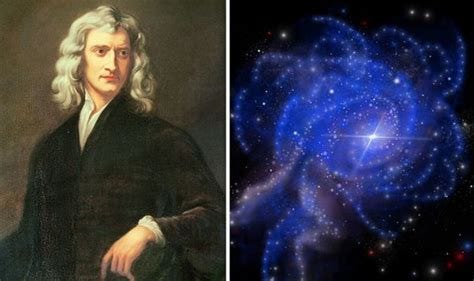

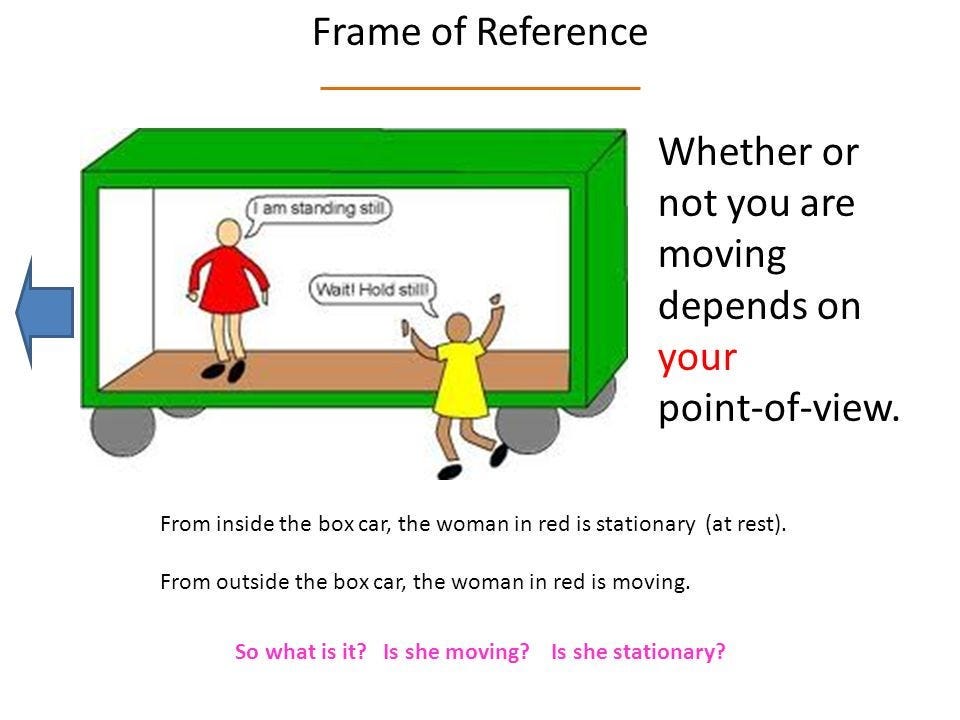
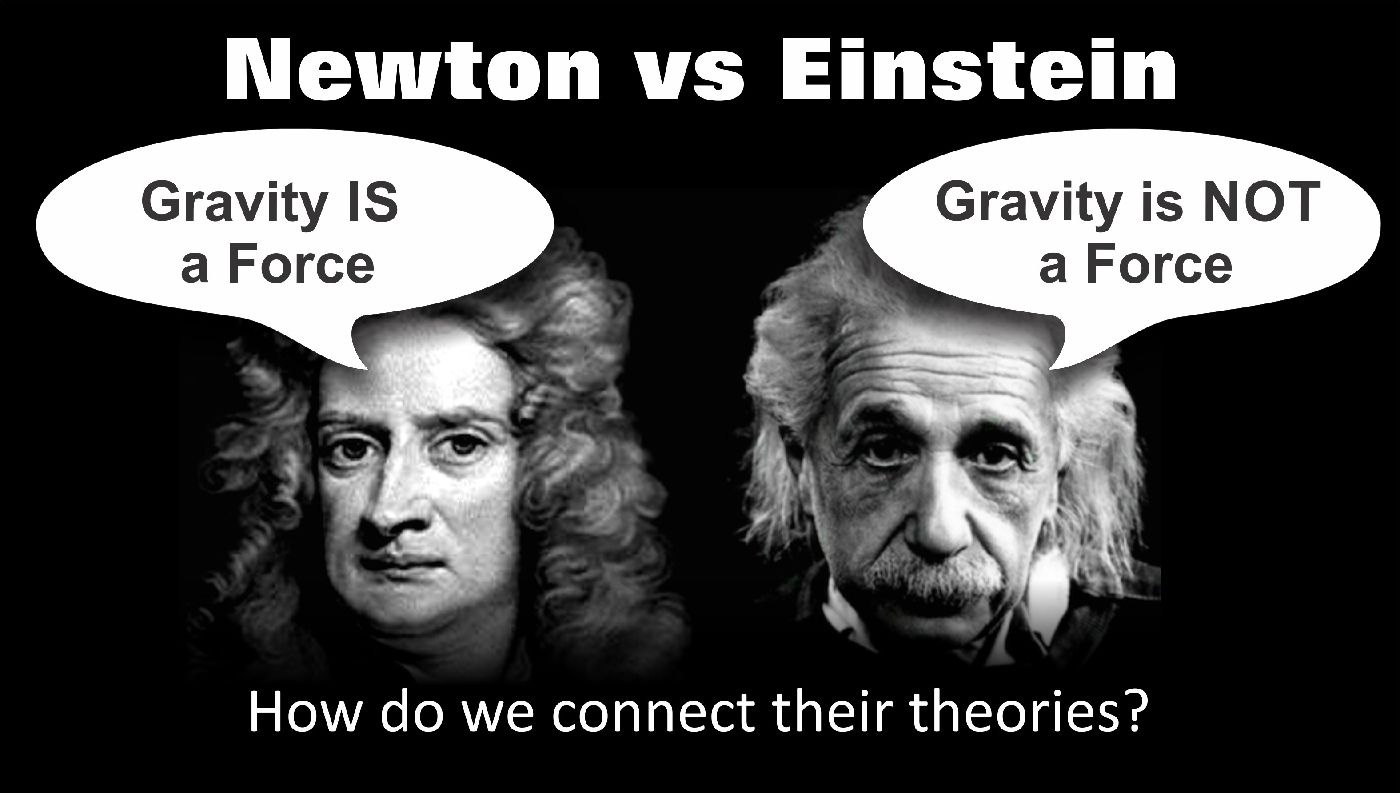
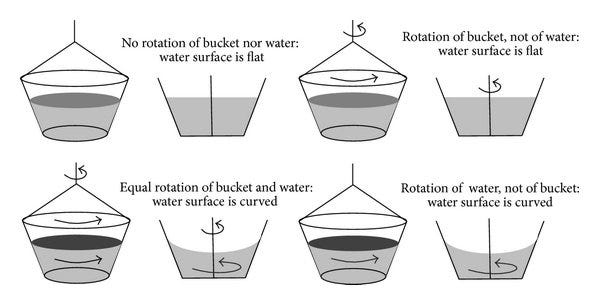
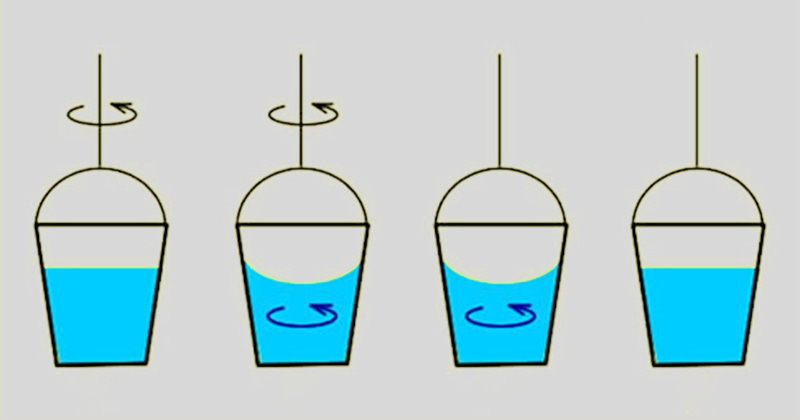
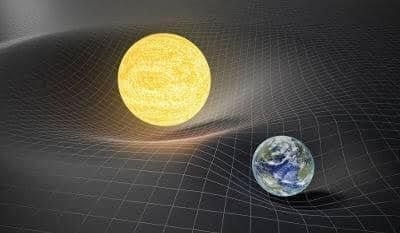
So this is where it started "The only defense of Copernican dogma are mathematical representations of physical phenomena, but never mechanical-physical proofs or physical answers. "
And we ended up with a fake pandemic build with PCR test flooding and computer built theory of pandemic.
Bastards!
really great post ------- i was able to really understand every point you make and completely agree 100 %%%% --------- although some of the technical stuff is over my head -------- one of the highlights is when you say this stuff is taught as factual and principlely correct accecpted reality in higher education is shocking and QUIETE DISTERBING to say the least